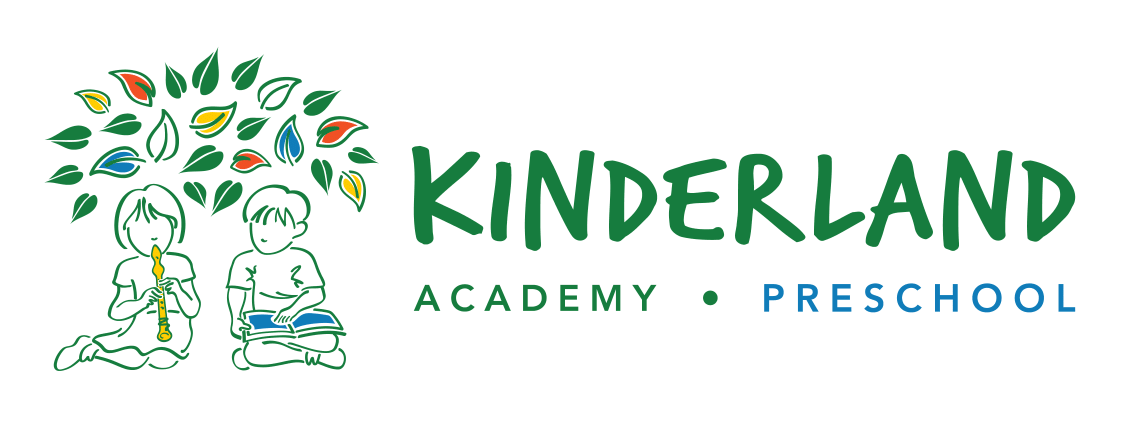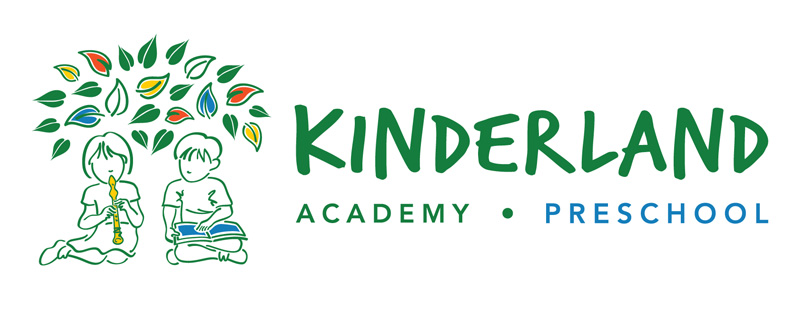How do you see your baby? Just a tiny, needy bundle—or something more? Your baby is much more than they appear—already a curious learner, a budding communicator, and an active participant in the world. Many early childhood experts view babies as both capable and vulnerable. From the moment they are born, they are wired to learn, connect, and begin making sense of the world around them. The first year is filled with extraordinary growth—some changes you can see, and others unfold quietly beneath the surface. Every coo, cuddle, and cry shapes the foundation of who your baby is becoming.
A Year of Discovery, Dependence, and Development
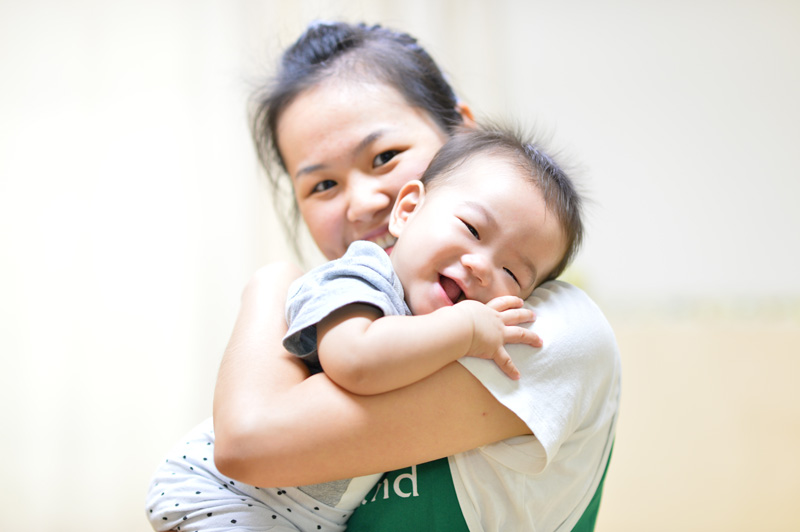
Kinderland provides quality infant care services.
While your baby depends on you for everything, they are also actively trying to find their foothold in their brand new world. From day one, they are observing, listening, and learning. They learn to respond to your voice, explore their environment, and begin forming simple ideas about how things connect.
In other words, your baby is not just growing—they are participating in life with you.
Much of this early discovery happens through their brain’s rapid development during their early years in life.
Building the Brain: Why Experiences Matter
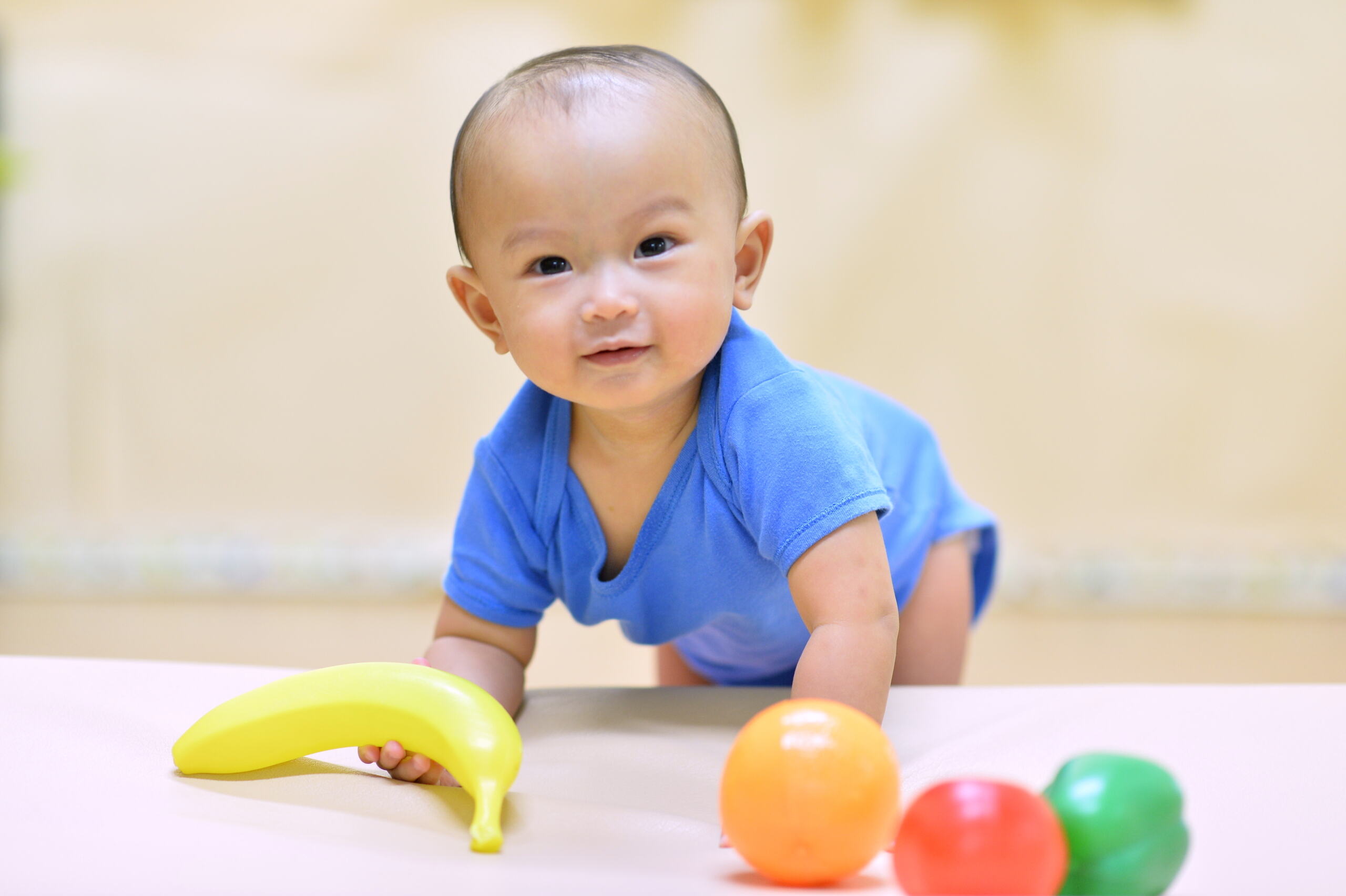
Infants and toddlers build connections of the world they are in through visual, auditory, tactile and olfactory sensory input
That participation is not just adorable—it is critical. At birth, babies already have nearly 100 billion neurons—an incredible foundation for learning. But for those neurons to work together effectively, they need connections called synapses, which are formed through interaction.
When you smile, sing, or hold your baby close, you are doing more than bonding—you are helping build their brain. The more positive experiences a baby has, the stronger and more efficient those neural pathways become.
Understanding Your Baby’s Cues
Of course, meaningful interaction begins with communication. Babies may not use words, but they are excellent communicators. Early cries signal basic needs like hunger, sleepiness, or discomfort. As you spend more time together, you will start noticing patterns—like a certain cry that always means “I’m tired.”
By 3 to 4 months, routines often become more predictable. You will begin to recognize signs of fatigue (like eye-rubbing or a low, fussy cry) or overstimulation. The key is staying calm and present. As you tune into your baby’s cues, you will fall into a rhythm that brings comfort to both of you.
To support your baby’s holistic growth, it is helpful to understand how development unfolds across three major domains:
1. Social-Emotional Development: Building Bonds and Understanding Emotions
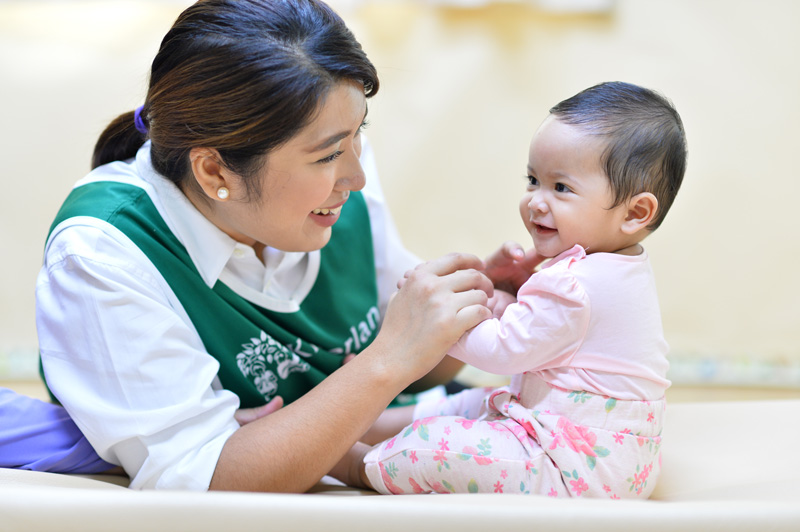
Daily interactions with dedicated caregivers encourage social interactions and build foundation for speech
From birth, babies begin to form emotional connections with their caregivers. This attachment is crucial—they use their caregivers as a secure base from which to explore and a haven of comfort when distressed.
Strong attachment relationships help babies learn how to:
- Behave in socially acceptable ways
- Understand and manage emotions
- Regulate attention and thought
But how do babies communicate their needs without words? They rely on cues like crying, facial expressions, and body movements. This is where co-regulation comes in: young children cannot regulate their emotions alone, so they need adults to help them through calm, comforting responses. A soothing voice and a warm hug go much further than loud reactions.
2. Cognitive Language Development: Thinking, Learning, and Communicating
Cognition includes a wide range of abilities—language, imagination, memory, reasoning, and problem-solving. And it all begins earlier than you might think—even in the womb, as babies begin to recognize familiar voices, particularly their mother’s.
By 12 months, many babies will:
- Attempt to imitate speech
- Say simple words like “mama,” “dada,” or “uh-oh”
- Understand basic instructions like “Come here”
- Recognize names of common objects
Early communication is essential. Speak to your baby from the start—there is no need for “baby talk.” Use full sentences and, if your household is multilingual, expose them to multiple languages or dialects. Babies are remarkably adept at distinguishing and learning from different linguistic inputs.
Language learning can be further enriched through music. Incorporating songs and rhymes into daily routines introduces new vocabulary and helps babies grasp rhythm, tone, and fluency.
In Kinderland, music and rhymes are woven seamlessly into the curriculum. Through engaging songs and rhythmic play, children naturally absorb the sounds and meanings of words, all while building a love for language.
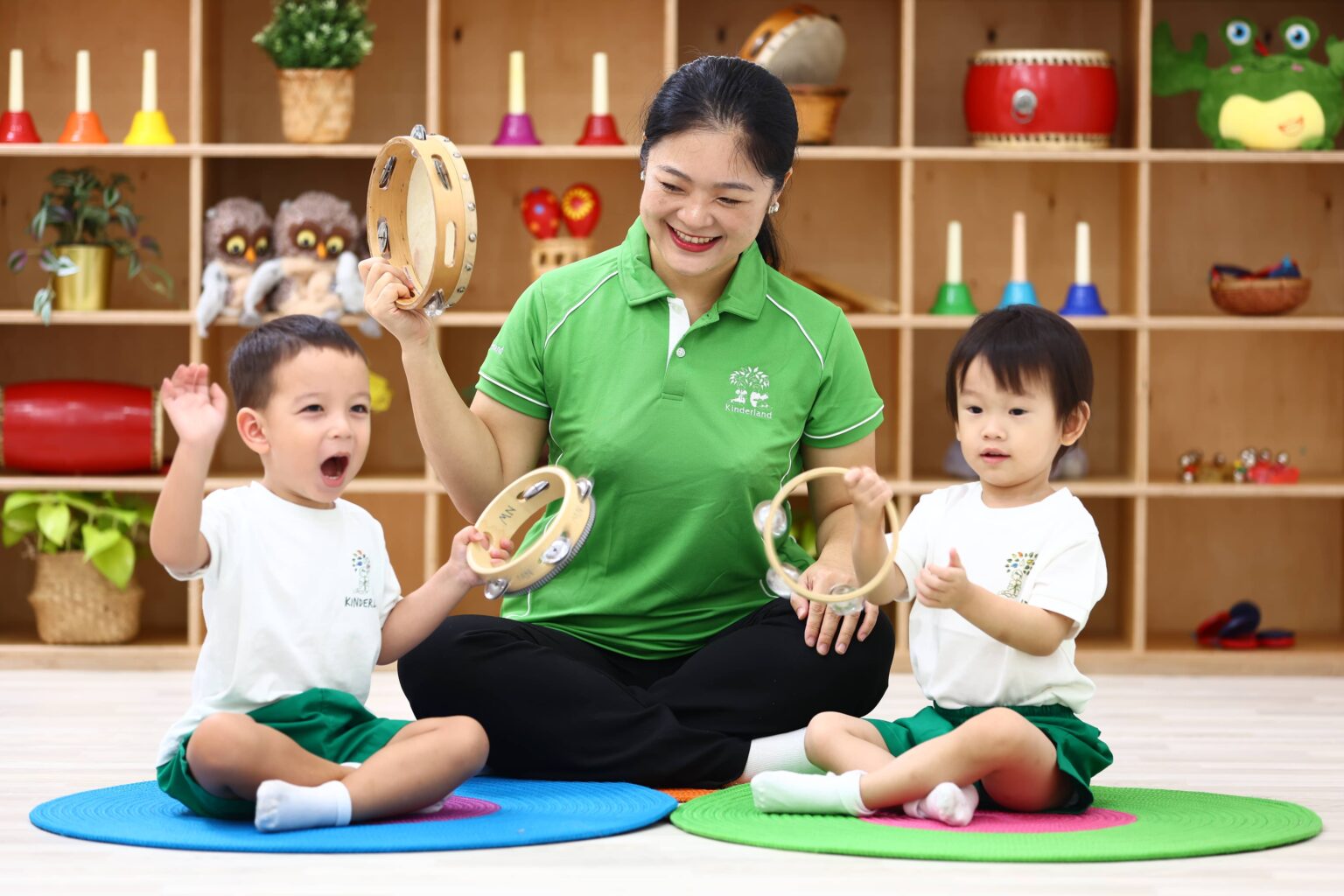
Music, an important role in Kinderland’s curriculum, improves infants’ brain processing of music and new speech sounds. Kinderland’s music-infused curriculum caters to all ages from infants to preschoolers.
Parents can easily reinforce this at home using familiar tunes—try singing new lyrics to the melody of “Happy Birthday.”
Good morning to you, Good morning to you,
Good morning to Baby, Good morning to you.
Adding hand movements or gestures during songs makes the experience even more interactive, while also improving motor skills, hand-eye coordination, and balance. Simple clapping or fingerplay rhymes are great examples:
Clap your hands, 1-2-3.
Play a clapping game with me.
Oh! Now my hands have gone away.
Bring them back so we can play.
Through joyful interaction with music and movement, children do more than just learn language—they build confidence, coordination, and creativity.
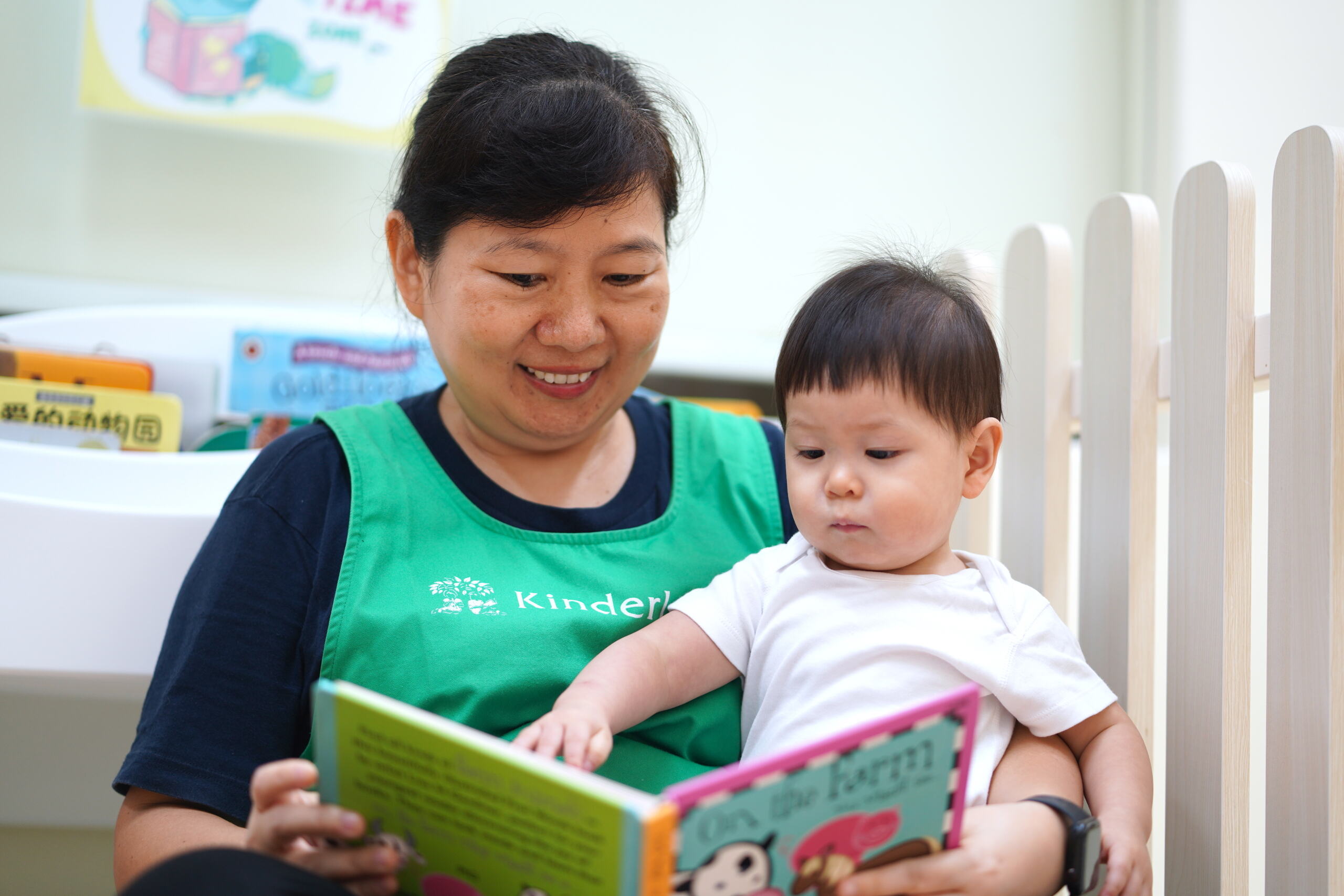
At Kinderland, we cultivate a lifelong love for reading in your child
Books are another powerful tool. Reading to your baby—yes, even as a newborn—introduces language and fosters connection. It is not about comprehension at this stage; it is about engagement.
Here are some simple ways to make storytime interactive and meaningful:
- Let them turn pages when they are able
- Talk about the pictures
- Use expressive voices for characters
- Make reading personal and fun
The goal is to develop a love for books, not just early literacy.
3. Sensory Motor Development: Moving to Learn
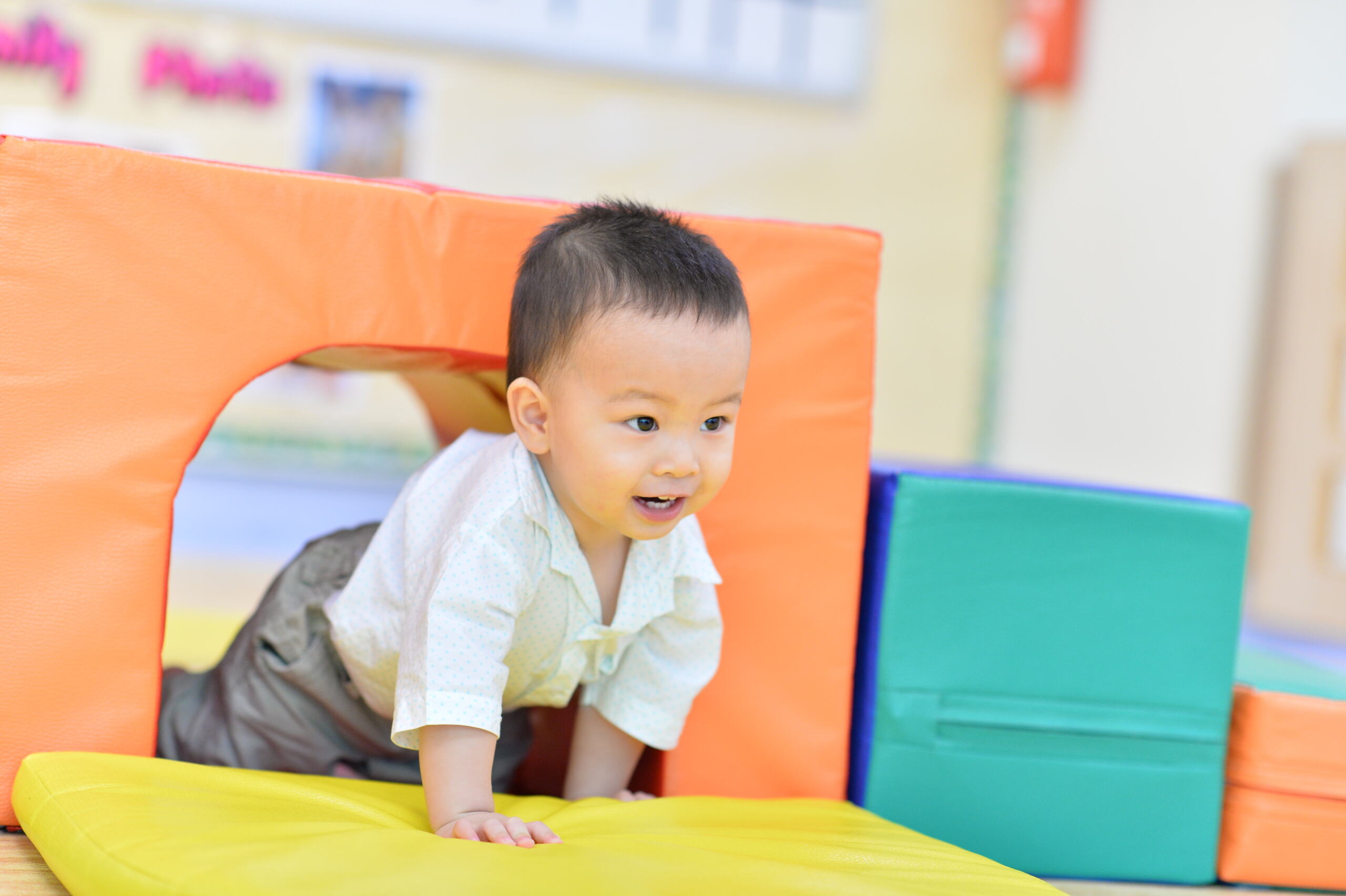
Safe and specially designed environment promotes sensory-motor development
Movement is learning. From birth, babies explore the world through motion and sensory input. Crawling, reaching, rolling, and balancing all help build both physical strength and brain connections.
Start with simple activities like tummy time and eye contact. As your baby grows, create safe spaces for them to explore and solve problems on their own—resist jumping in too quickly.
This independence builds not only physical skill but also confidence and problem-solving abilities. As child psychologist Jean Piaget once said:
“Each time one prematurely teaches a child something he could have discovered for himself, that child is kept from inventing it and consequently from understanding it completely.”
The Heart of It All: Connection
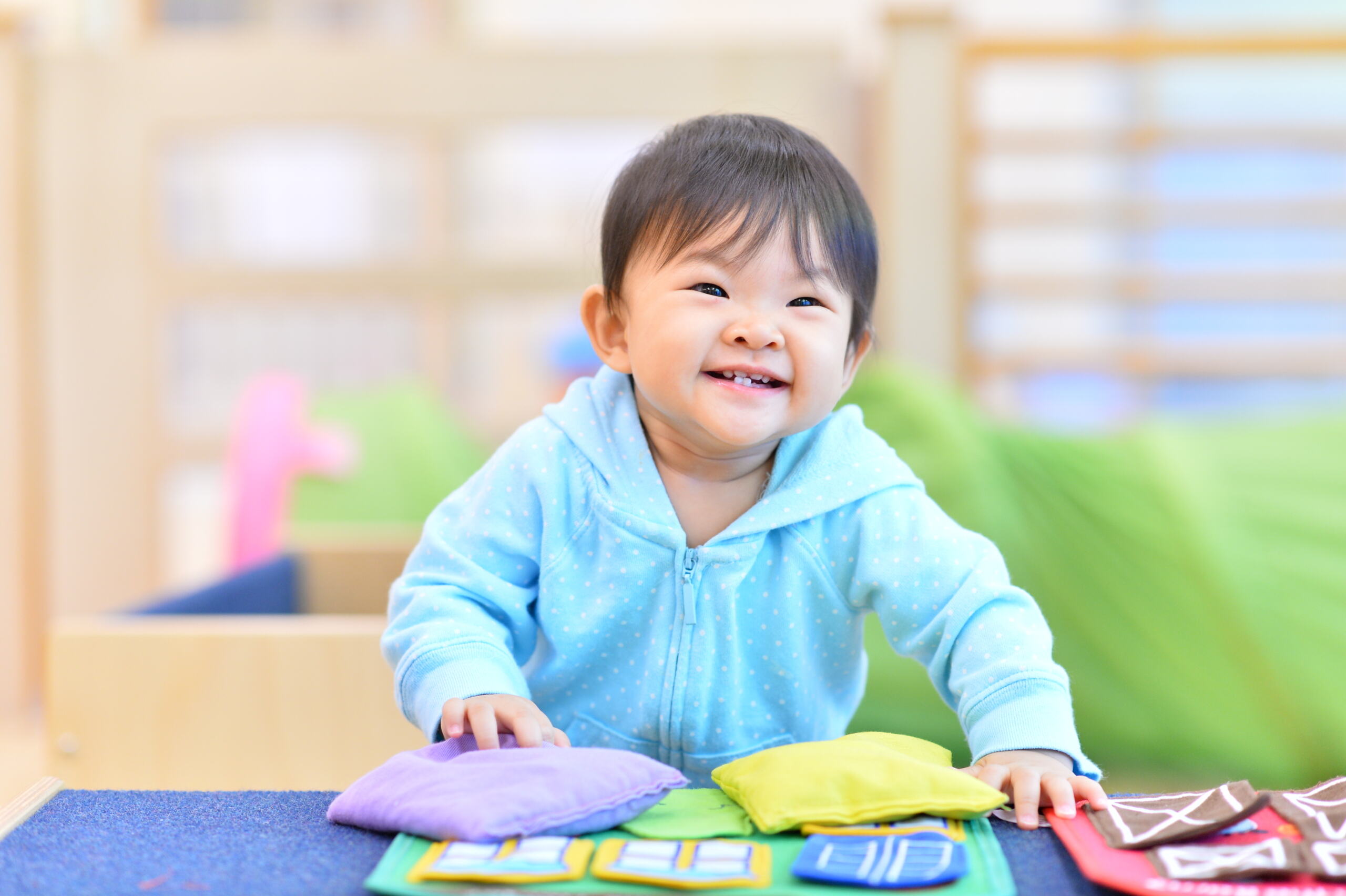
Let your little one blossom with Kinderland!
At the center of early development is connection—with caregivers, the world, and themselves. It is also important for parents to nurture their own relationship. A secure, loving home benefits the baby’s development and the entire family’s emotional well-being.
What starts as a tiny, needy bundle becomes a thriving, curious individual—thanks to the simple power of connection.
In every smile, cuddle, and lullaby, you are helping your baby build a foundation of trust, curiosity, and love that will last a lifetime.
As you embark on this journey, remember your ABCs:
- Attachment
- Bonding
- Connections
These are the building blocks of a delightful and fulfilling parenting journey—for today, the first year, and all the years to come.
This article is contributed by:
Ms Charlotte Wong
Head of Infant Care (Kinderland)
